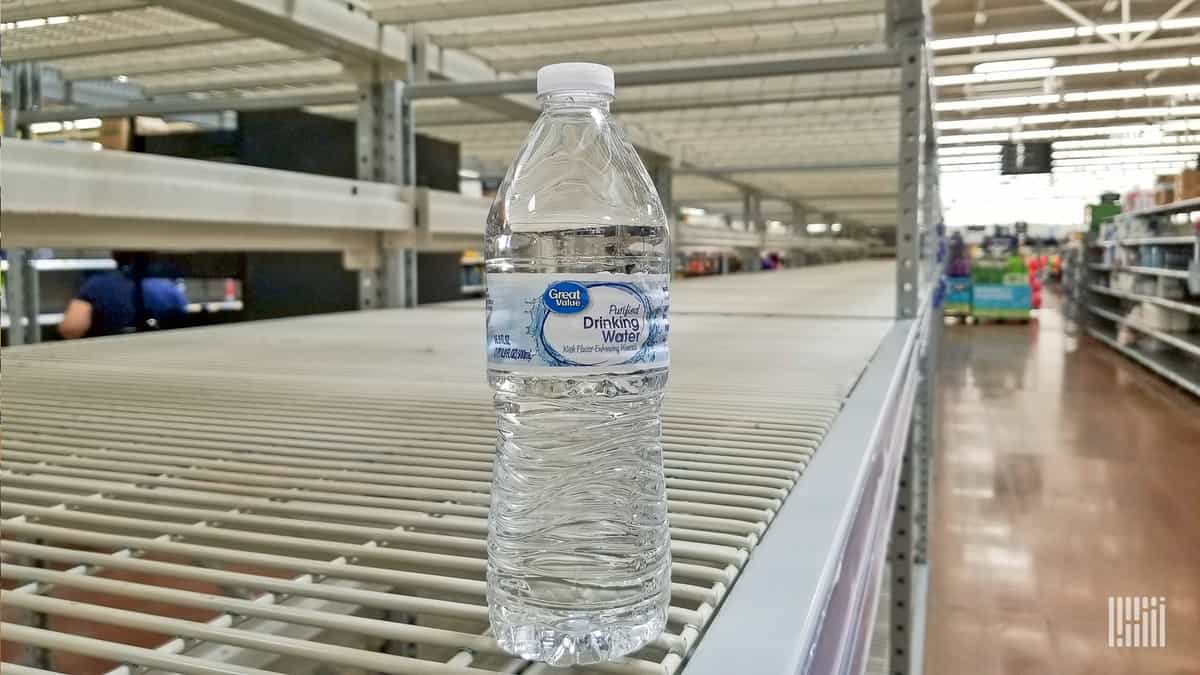
Think back to March when most retailers’ toilet paper and bleach shelves were empty — a direct result of the pandemic’s pushing of available tractors, trailers, containers and drivers to the limit — and beyond.
Consumers expect quick and predictable deliveries. Whether or not they know it, they need smaller, regional trucking companies to satisfy those last-mile needs and keep essential goods moving. While big fleets form the backbone of the economy, those smaller fleets need to remain solvent and competitive. But for many regional carriers, lost loads and underutilized assets can greatly impact their bottom line.
“Smaller, regional fleets have always played a critical role in the supply chain,” said Elizabeth Elkins, chief product office at PowerFleet. “They offer clients the speed, multilocation distributed loads and other customized offerings that are fostered by their proximity and customer intimacy. With cyclical spikes in volume for the larger carriers and certainly the increase in the demand for essential goods during COVID, our regional carriers often step in to fill those critical gaps and ensure the supply chain is fortified for everyone’s benefit.”
But to remain competitive, regional carriers need a digital leg up. Technology companies like PowerFleet have made telematics financially accessible for regional fleets. Enabling their access to visibility technology equalizes the playing field, making it possible for small to medium fleets to differentiate themselves in this market. “Suppliers and logistics companies alike need to have complete visibility of their assets as well as the condition of the cargo at all times in order to optimize resources, routes, and ensure the highest-quality products and services are provided to the market,” said Elkins.
This past June, Rusken Packaging, an Alabama-based regional packaging company that relied heavily on drop-and-hook shipments, found that its assets weren’t being utilized to their fullest potential. In the search for a technology solution, it landed on the PowerFleet LV-500 solar tracking solution and the PowerFleet LV-710 Freight Camera.
“These tools have allowed us to improve logistics operations, asset efficiency, route optimization and ultimately aid our company’s bottom line,” said Zach Ivey, management associate at Rusken Packaging. “By using the images from the LV-710, we have been able to proactively identify cargo shifts that may happen during transit that will affect the quality of our product once it reaches our customer. Being able to track our deliveries via PowerFleet’s online platform has been quintessential in our efforts to grow our company’s footprint.”
As the holidays approach, the COVID-19 surge in e-commerce will only continue, and Ivey believes the utilization of PowerFleet’s platform will provide a heightened competitive advantage when planning time-sensitive shipments and managing its trailer network.
For context, Day & Ross, one of Canada’s largest fleets and a subsidiary of McCain foods, also uses PowerFleet’s LV-500 and LV-710. The fact that Rusken Packaging, a midmarket carrier, uses the same technology as a $6.8 billion company shows how technology can level the playing field for regional fleets that have been thrust into the “just-in-time” logistics arena created by COVID-19.
“Our regional fleets never sacrifice quality for affordability and can expand their capabilities as their business requirements grow and evolve,” said Elkins. “For customers like Rusken, the value of extending their use of our logistics products to include cargo visibility not only elevates their level of customer service, it provides key operational intelligence to optimize loads and routes — tackling cost savings and revenue-generating opportunities simultaneously.”










